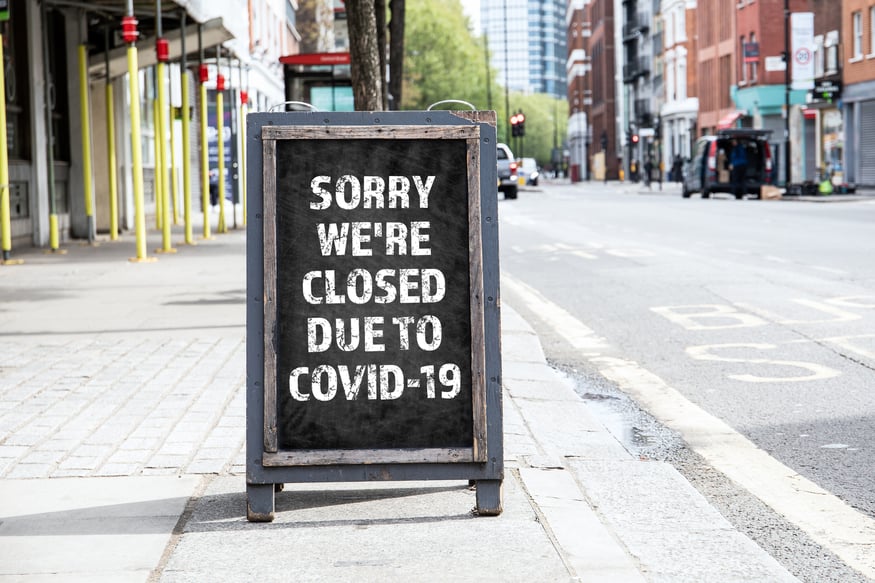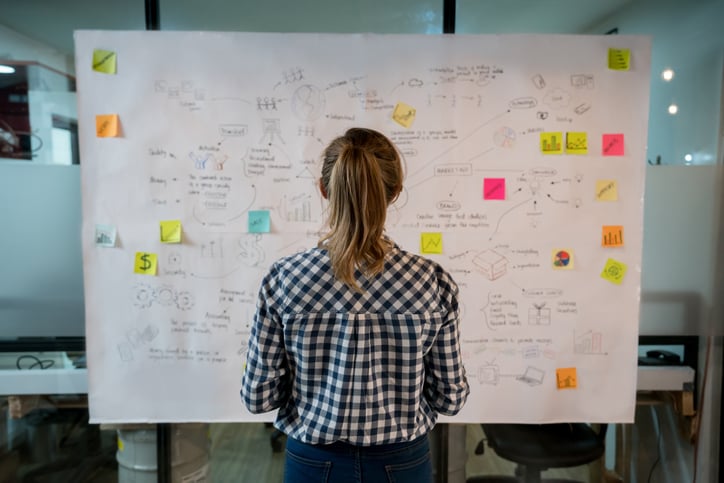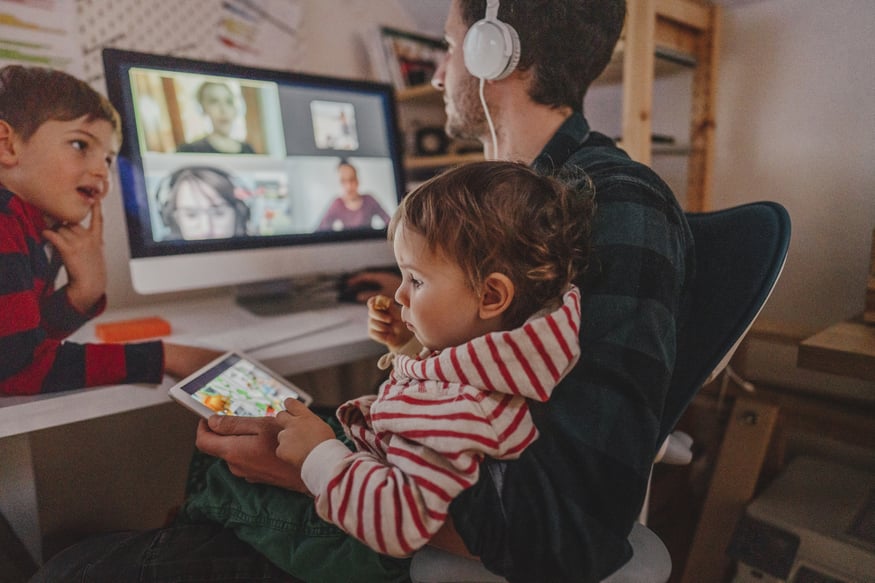Bond
Virtual Events. Don’t Copy and Paste. Make it an Experience.
When you work in corporate event production and live brand experiences, you’re always in motion.
Flying to cities across the globe. Transferring between hotels and conference centers. Running from keynote presentations in ballrooms to training workshops and breakout sessions. From restaurants to the tradeshow floor. Throw in a beach destination here and there for incentive winners. You are always on your way to the next place you need to be.
For our clients, events are all about motion as well. National sales meetings, incentive trips, product launches, conferences, training summits, and other events are catalytic moments in time allowing businesses to galvanize teams, download critical information, and communicate strategic plans to achieve meaningful business results. Events are essential to the forward momentum of business.
In the first two months of 2020, our team had already executed event experiences in Miami, Brazil, Toronto, Thailand, Chicago, Vancouver, Dearborn, Bahamas, Montreal, and Spain. Back at our office, our people were preparing for more than 200 in-person, virtual, and hybrid experiences for audiences around the world.
The motion was non-stop, and then, it stopped.

With COVID-19, and plans for in-person experiences thrown into disarray, the question on clients’ minds was consistent and clear, “what do we do?”
By leveraging Bond’s Experience Design Methodology, combined with our Customer Experience and Loyalty expertise, we are helping clients reinvent how they engage with all of their audiences—customers, employees, and channel partners. We're taking the best of human-to-human experiences and bringing them to life virtually.
Want to learn more about how Bond can help design and produce your event? Click here.

Keep in mind, however: Virtual events are not about copying and pasting your in-person experiences into a virtual context, nor are they about allowing those experiences to devolve into a patchwork of teleconferences and Zoom meetings. To do so is to misunderstand the constraints of the virtual environment, ignore the needs of your audience, and pass up the unique opportunities available.
Experience designers and producers should keep the following principles in mind when translating in-person events into virtual experiences:
Empathize with your audience. Their attention has never been more fractured or fragile. All of them are concerned for their loved ones’ health and well-being, and for their own, and many are homeschooling their children. On top of that, they are sitting in front of a computer, doing their day job, likely having lost count of how many Zoom calls they’ve been on. Screen fatigue is a real issue, so plan for no more than 45 minutes online at any given time, with lots of time to refresh and regroup.
People are also craving human connection—moments to be human, moments to belong. Find ways to foster community, belonging with fun and levity wherever appropriate.

Make it a journey. Think of your virtual experience as a journey that begins well before the actual event days and extends well beyond. What touch points can you build into the experience that can capture and build the interest and excitement of your audience? What can you do to hook them from the very beginning? What can you do to leave them wanting more?
Leverage the right platforms and technologies. Don’t let platform selection dictate your virtual experience design. Define your objectives and map the ideal audience experience first, and then find technology to bring that experience to life. Make sure to leverage the right medium at the right time to deliver the right message to your audience. Perhaps this is the opportunity to invite your audience out for a walk in the real world—away from their desks—as you engage them through a podcast.
Be Creative and create polished experiences. Don’t underestimate the value of creative, well-produced content as a balance to the authentic user-generated materials we are seeing. If people are going to be in front of their screens for most of the day, design something they want to be a part of. Learn from the broadcast industry by considering a professional host, entertainment, or a series of engaging, two-way opportunities. Use your creative chops and challenge yourself to use tools like storytelling, gamification, social sharing, team building, and user-generated content in new ways.
We have been successfully applying our Design Methodology for years, helping brands connect with their audiences digitally and virtually for years. Since March 2020 alone, we have supported many forward-looking clients in re-imagining and executing virtual experiences, including:
- An annual shareholders’ meeting for one of Canada’s largest banks, just days after the restrictions were put in place.
- A global COVID-19 conference for hundreds of physicians and healthcare practitioners.
- A co-creation session with 200 participants for a leading North American retailer.
- Virtual trivia challenges and Q&As with professional sports alumni to replace live experiential engagements at major sporting events.
As much as we all want to move forward out of this unexpected interruption to our normally scheduled programs, that is some time away. Therefore, the time to move to virtual experiences is now. This will keep your business moving forward and allow you to engage customers, employees, and channel partners. Adapting in this way also positions you for success in a new era in which virtual, in-person, and hybrid experiences are leveraged to address the realities of a post-pandemic world.
This is an opportunity to keep moving forward.
Our Authors
Todd Aiken is Bond’s Event Strategy Director, Jon Fishman is a key Account Director in our events division, and Morana Bakula is Vice-President of Customer Experience.
